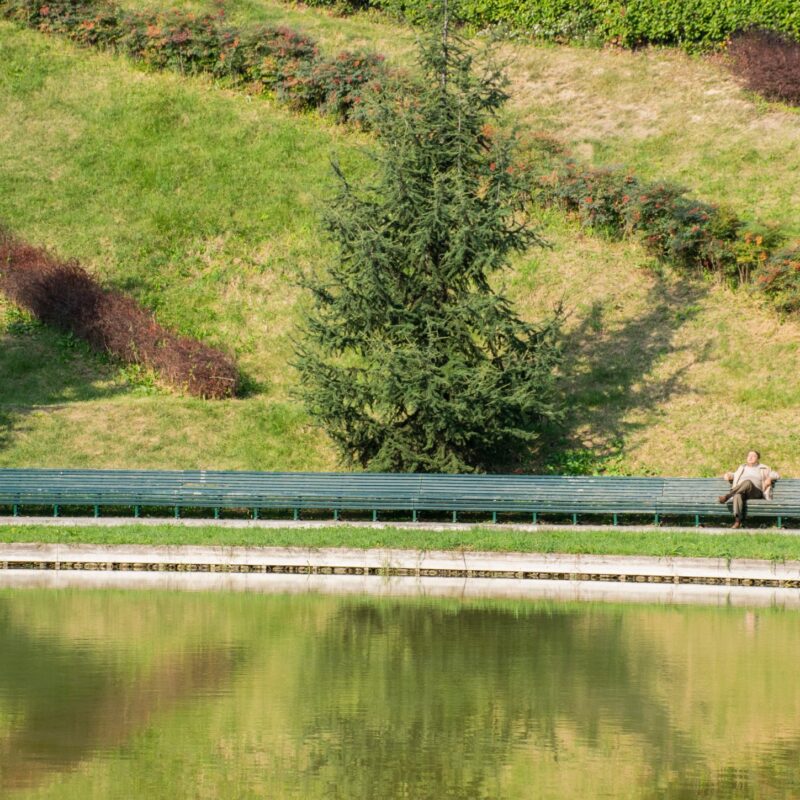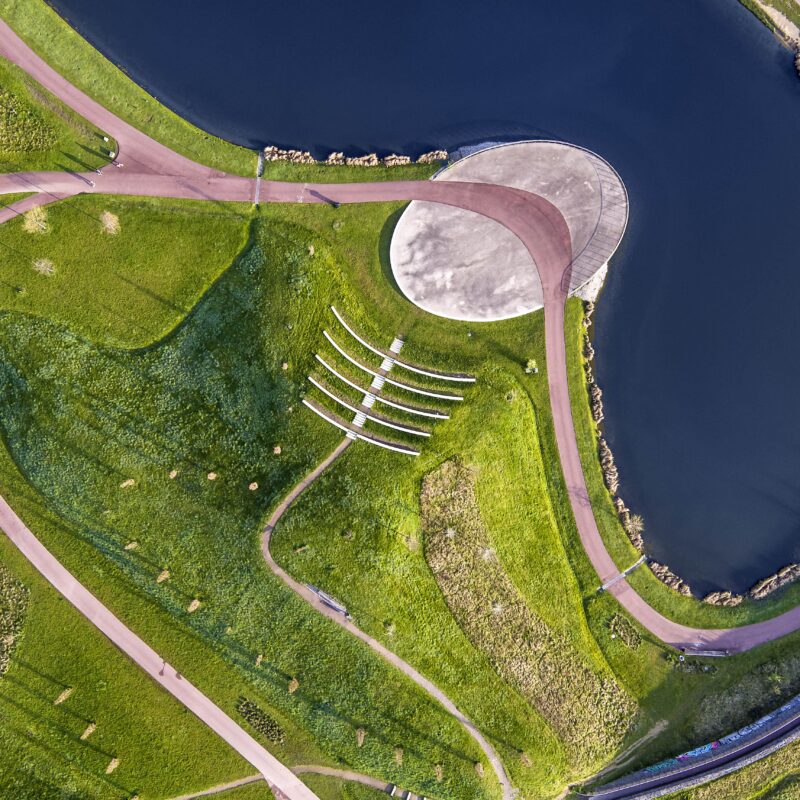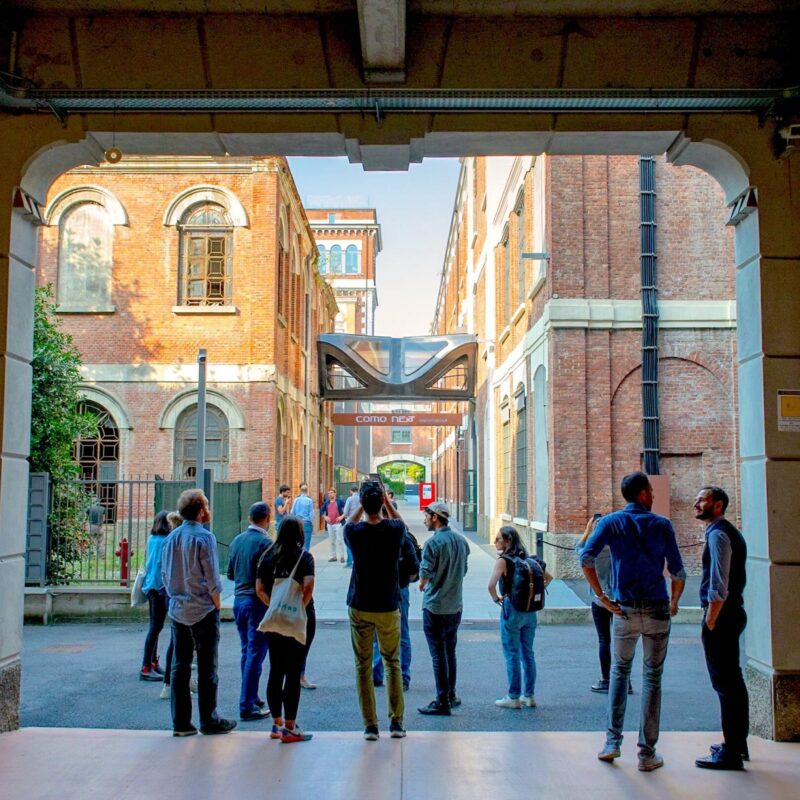Earth Day: LAND Research Lab presents LIM landscape information modelling®
The LIM landscape information modelling® is a landscape approach that develops the potential of Building Information Modeling (BIM) to support the design of nature-based solutions.
Presented on Earth Day for practical use in planning: with the LIM landscape information modelling® tool, the LAND Research Lab has developed an effective method for measuring and communicating the environmental performance and sustainability impacts of landscape projects. Because nature is a dynamic and ever-changing system, the LIM develops the potential of Building Information Modeling (BIM) and provides an assessment modulated on different time scenarios. It is essential in quantifying and disseminating the concrete benefits of a design approach that starts with the landscape and nature that require our utmost attention.
The climate emergency and the pandemic have accelerated the ecological transition at the political and cultural levels and in the concrete measures undertaken in our cities. The European Green Deal aims to make Europe a climate-neutral continent by 2050 through objectives of climate adaptation, energy efficiency, social equity, and circularity for public administrations and prominent market players. The New European Bauhaus is the initiative that realises this ambition by involving professionals, artists, and civil society to implement concrete sustainability actions within a new aesthetic and ethical model which is innovative in social, cultural, and technological terms.
In recent years, we have heard more and more about the ESG (Environment, Social, Governance) approach to assessing investment and managing the sustainable development of a project, a company, a community, or an entire territory. This approach is based on three crucial dimensions for assessing and planning impacts: environmental, social, and strategic management. Therefore, the measurement of effects plays a key role.
The development of the LIM landscape information modelling® by LAND and its research unit, the LAND Research Lab, seeks a response to this need. It assumes increasing relevance within corporate sustainability strategies as it allows the quantification of different performance indicators and makes case studies and design scenarios comparable in terms of environmental and climate performance. The LIM landscape information modelling® is a landscape approach that develops the potential of Building Information Modeling (BIM) to support the design of nature-based solutions to make our cities greener and healthier through a data-driven design and decision-making process. BIM provides information to develop design approaches that address the challenges of places and communities related to climate change, biodiversity loss, and the need to reconnect with nature.
As nature is a dynamic and ever-changing system, the LIM provides a meaningful assessment of its performance as it is modulated over different time scenarios. The main parameters measured are:
- Vegetation growth (especially the total canopy coverage and tree growth);
- Air quality (carbon dioxide sequestration, oxygen production and the removal of other pollutants, such as PM2.5, SO2, O3, NO2);
- Water performance (irrigation of water demand and runoff avoided by vegetation);
- Economic value provided by the ecosystem services of trees and green surfaces;
- Permeability of surfaces.
Thanks to LIM, analysing data relating to the performance and benefits provided by the landscape project has become a fundamental planning and communication tool for pursuing the objectives established by the 2030 Agenda and the 17 UN Sustainable Development Goals. They become relevant for activating processes to raise awareness and involve clients and stakeholders in sustainability issues. This data also allows landscape projects to contribute to the environmental certifications of the leading international sustainability protocols (e.g. LEED®, WELL®, SITES), laying the foundations for a new paradigm of urban development in which nature, architecture, and people live together in harmony.
Watch the video for more information.









